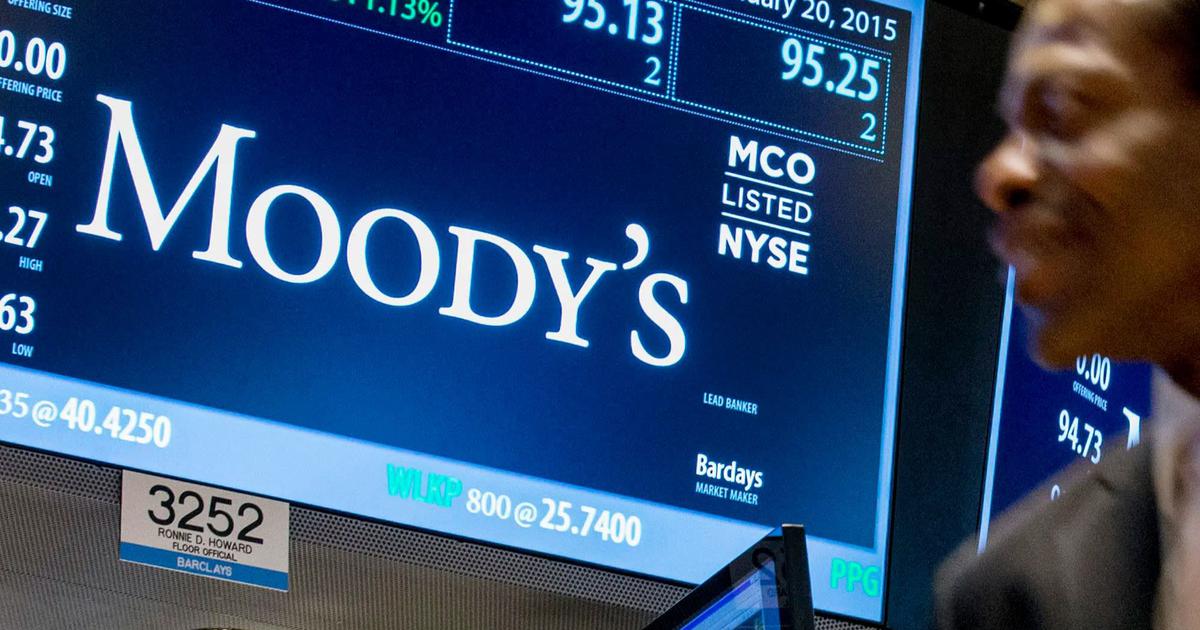Moody’s Investor Service, better known as Moody’s, has revised its view on the entire U.S. banking system from “stable” to “negative.” They cite rapid deterioration in the operating environment following the bank runs and failure of Silicon Valley Bank (SVB) and Signature Bank.
Moody’s Downgrades The Entire U.S. Banking Sector
Moody’s also warned that it would further downgrade or place on review seven financial institutions, which could impact the sector’s credit ratings and borrowing costs.
The rating firm, among three of the world’s best, gave its outlook on the entire U.S. banking system following the bank runs and subsequent failure of SVB and Signature Bank, which caused a contagion across the financial markets.
In a report, Moody’s said:
We have changed to negative from stable our outlook on the U.S. banking system to reflect the rapid deterioration in the operating environment following deposit runs at Silicon Valley Bank (SVB), Silvergate Bank, and Signature Bank (SNY) and the failures of SVB and SNY.
By moving in to change their preview on the state of the U.S. banking system, their change could impact credit ratings, which, in turn, would impact borrowing.
The Federal Reserve (Fed) has reportedly established a facility to ensure that institutions with liquidity problems would have access to cash, effectively opening swap lines in the U.S. Banking sector’s deposit base totaling $17.6 trillion.
So the FED just opened swap lines on the entire US Banking deposit base of $17.6T. The FED balance sheet is $8.4T. One year swaps. Then what? Did the FED just become the FDIC? Who eats the losses? Isn't this QE infinity? Can the banks make any loan now consequence free… https://t.co/cvmnlS3Utq
— Lawrence Lepard, "fix the money, fix the world" (@LawrenceLepard) March 14, 2023
Through the Treasury Department, the U.S. government also said depositors with more than $250,000 at SVB and Signature would have full access to their funds.
Countering Fed’s assurances, Moody’s said that concerns remain. Specifically, their report said banks holding substantial unrealized securities and non-retail, uninsured U.S. depositors are still potentially at risk of loss.
The rating firm also expects the U.S. economy to fall into recession later this year, further pressuring the industry.
Bitcoin Rallying As Inflation Drops
Amid the banking crisis, Bitcoin maintains an uptrend. The cryptocurrency has been rallying since the United States government, on Sunday, said it would intervene and bail out depositors affected by the closure of Silicon Valley Bank (SVB). The coin quickly reversed last week’s losses early this week, bouncing from $19,700 to soar above February high to over $25,000.
Notably, this development comes amid dropping inflation in the United States. Recent Consumer Price Index (CPI) data from the U.S. Bureau of Labor Statistics showed that inflation slowed to 6% for its February print.
Although inflation was a central metric being tracked closely by traders and investors, the risk of a system-wide financial collapse in the United States seems to supersede all other economic data.
Current market expectations for the path of the Fed Funds Rate…-Mar 22, 2023: 25 bps hike to 4.75%-5.00%-Pause-Rate cuts start in July 2023 w/ a Fund Funds Rate of 4% at the end of 2023 and 3% at the end of 2024. pic.twitter.com/ICPJbBSD7d
— Charlie Bilello (@charliebilello) March 13, 2023
With the government intervening and inflation dropping, analysts expect the Fed to reverse its previous monetary policy stance and slow down on rate hikes in the coming months.





